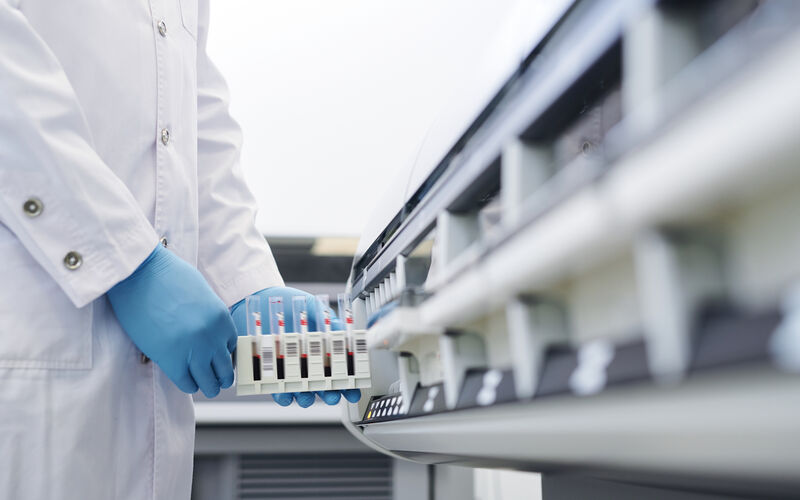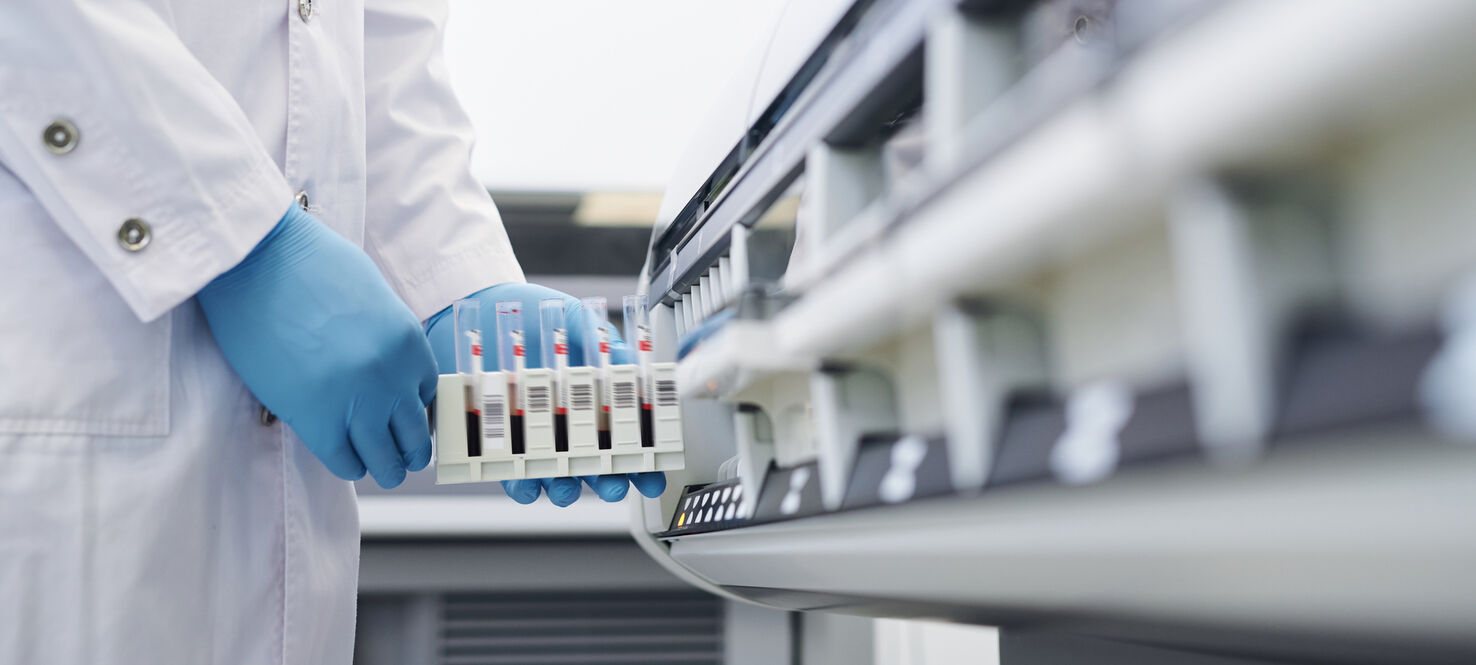How Do Adaptable Cancer Cells Outsmart Treatment?
While many targeted therapies offer patients time and relief, it’s well known that treatment resistance can build over time. But what exactly drives that resistance, and why does it happen even in cancers that initially respond well?
Alicia Bjornberg, a PhD candidate in Moffitt Cancer Center’s Cancer Biology Program has spent the last few years diving into the hidden complexity of therapy resistance.
Bjornberg's research focuses on a phenomenon called cellular plasticity, a cell’s ability to adapt and change in response to environmental stressors, like drug therapies. These findings will be shared at the upcoming American Association for Cancer Research annual meeting.
"Cells with high plasticity can change in many different ways, which makes it more likely they’ll develop traits that help them survive,” Bjornberg explained. “We see plasticity as something that makes resistance possible by helping cells adapt, not something that causes resistance on its own.”
While genetic mutations have long been considered the main driver of resistance, Bjornberg's work reveals a more nuanced story.
Cancer cells can evolve through both genetic and non-genetic mechanisms.
Tumors are not made up of identical cells; instead, they’re a patchwork of diverse cell populations with varying traits. Even when a targeted drug kills one group of cells, others may survive and adapt, eventually leading to relapse.
The study used the H3122 cell line, derived from a patient with anaplastic lymphoma kinase-positive non-small cell lung cancer. This cell line mimics what’s often observed in real patients: a strong initial response to therapy followed by a gradual return of the disease.
To explore the roots of resistance, Bjornberg and her team used single-cell sorting to isolate clonal populations from a parent cell line.
This method allowed them to study cells that were genetically similar but behaved very differently under treatment. It also helped them identify a rare subpopulation of cells that seemed uniquely able to adapt to stressors and survive.
These high adaptation-potential cells, as the team calls them, don't initially appear resistant. In fact, in the short term, they respond to treatment just like other cells. But given enough time, they can gradually acquire resistance through multiple small changes, what the researchers call multi-step resistance.
“Multi-step resistance means that several small changes build up in a cell, and together, they help a group of cells survive,” Bjornberg said. “This is different from the idea that resistance comes from just one single change.”
Over time, these high adaptation-potential cells not only become resistant to the drug they’re exposed to but may also grow more dangerous. Their ability to adapt gives them an edge in surviving a variety of treatments, making them harder to eliminate.
Researchers believe this adaptability is indirectly selected for during treatment. When drugs kill off sensitive cells, the ones that remain, often the most adaptable, are left to multiply.
“It’s like asking a group of people to climb a mountain: Those who show up already have some fitness, and as they climb, they become even stronger,” said Bjornberg.
This understanding has powerful implications for cancer therapy. Instead of waiting for resistance to occur, future treatments might aim to prevent it by targeting adaptability itself.
“If we can block a cancer cell’s ability to change, we can steer it toward outcomes that are more favorable for treatment,” Bjornberg said. “This could mean stopping resistance before it starts or forcing cells into a state that makes them vulnerable to another drug.”
While her current work is in the realm of basic science, it lays important groundwork for future clinical research. The next step is figuring out how to convert high adaptation-potential cells into low adaptation-potential cells, effectively cutting off their ability to evolve and survive therapy.
“Our goal is to help the drugs we already have work better and longer,” Bjornberg added. “If we can stop resistance from forming in the first place, we can make a more direct impact on patient outcomes.”




